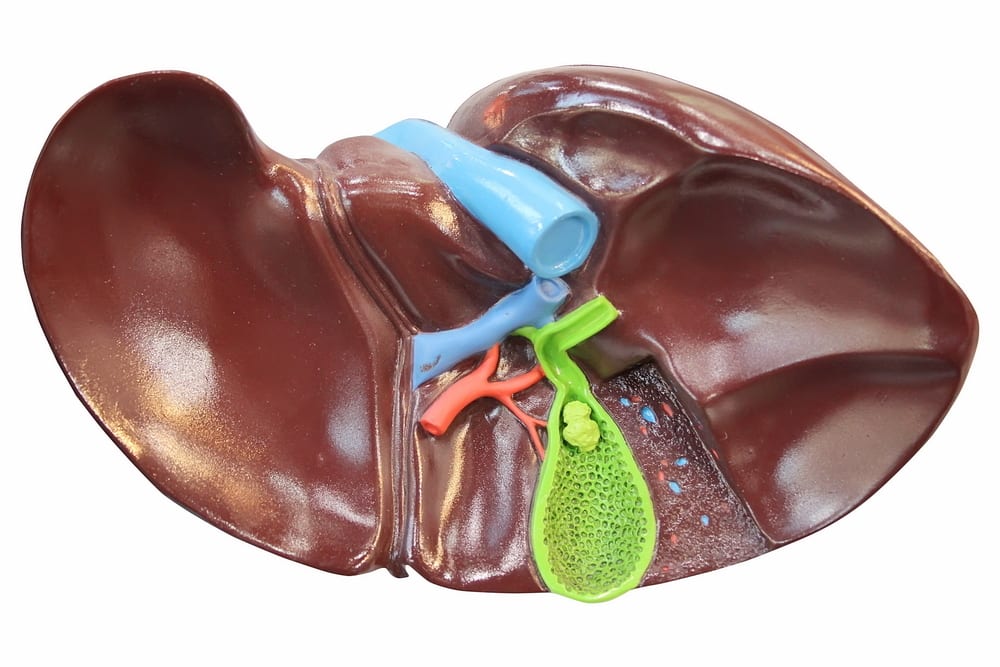Contents:
- Medical Video: Bile - What Is Bile?
- What are the functions of human bile?
- 1. Helps work the function of digestive enzymes
- 2. Bile acts as a fat thinner
- 3. Helps the function of the lipase enzyme
- 4. Bile as bactericidal
Medical Video: Bile - What Is Bile?
The gallbladder is a small organ located near the mid-abdomen of the body area. Bile has an important role in the digestive system and the human excretion system.
In general there are two functions of bile in the human body which helps absorb fat into the body and helps the liver work in the excretion system or the process of removing metabolic waste substances in the form of liquids and gases from the body. What are the bile functions that you need to know? Check out the reviews.
What are the functions of human bile?
1. Helps work the function of digestive enzymes
The function of bile in the digestive tract is to neutralize stomach acid. This helps digestive enzymes to work well in a more neutral atmosphere. Digestive enzymes that play a role in the small intestine can work optimally in alkaline conditions while food substances that enter the intestine have acidic properties.
The nature of this acid is obtained from mixing HCl, secretion from the stomach which serves to digest food. This is where the function of bile is needed by the body, bile has alkaline properties (pH between 7.5-8.05). The acidic properties of the small intestine trigger the secretion hormone secretion from the pancreas gland.
The secretin hormone stimulates bile to absorb water and Na-bicarbonate. As a result the concentration of bile decreases (more dilute) but the pH of bile increases compared to when it is still in the gallbladder.
With its pH, bile helps to optimize the function of digestive enzymes by neutralizing acidic properties and creating alkaline conditions that make digestive enzymes work more optimally. The more acidic properties of food that enter the intestine, the more bile is secreted.
2. Bile acts as a fat thinner
The human body consists of 70% water. Water in the human body functions as a solvent for food substances to be easily absorbed by the body. Then what about fat? Fat and water are difficult to mix. A mixture of fat and water can be stable with the help of an emulsifying agent. The properties possessed by emulsifying agents are having two groups, namely polar and nonpolar groups.
This kind of property is possessed by bile acids. Bile acids have a surface with polar peptide bonds so that pulling occurs with water molecules (hydrophilic) while the other surfaces tend to be hydrophobic. The hydrophobic surface binds to fat to form a structure called micelles.
3. Helps the function of the lipase enzyme
Lipase enzymes have the function of remodeling fat into two fatty acid molecules and glycerol. Fat particles tend to collect with each other to form larger particles. This results in the work of the lipase enzyme slowing down.
Bile helps the work of the lipase enzyme by forming micelles. Micelles help increase the surface area of the particles so that the lipase enzyme breaks down fat faster.
4. Bile as bactericidal
Imagine how many microbes enter along with food. In one meal, the microbes that enter the body through food are not counted.
Why don't you get sick every time you eat? This is where the role of the body's immune system plays a role. Besides the immune system, the digestive system has its own defense mechanism such as bile. The function of bile creates alkaline conditions that can kill or inhibit microbes that enter the body.












